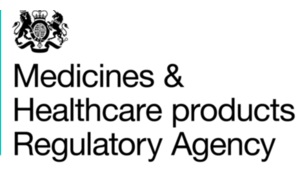24. How should non-compliance be dealt with when it is identified?
There should be a formal process to identify, assess and document any non-compliance, i.e. failure to comply with the protocol, GCP or the legislation, which is identified through the monitoring activities. This is to protect the rights and well-being of the trial subjects and the integrity of the trial results. Ability to do this is also necessary to comply with the requirements of serious breach reporting, as some non-compliances musta to be reported to the MHRA.
Actions could include increasing site monitoring intensity/frequency, visits to site by sponsor senior management, conducting an audit, holding or terminating recruitment at the site until the non-compliance issue is resolved (such temporary halting of recruitment at a site may constitute an Urgent Safety Measure)– e.g. by re-training, additional resources etc. The corrective and preventative actions to deal with the non-compliance should be documented and they should be followed up to ensure that they are completed as per a formalised escalation process and in a timely manner. In many MHRA GCP inspections it has been found that where non-compliance issues have been found at investigator sites by the monitor there has been a failure to address them in a timely manner and to an appropriate resolution. There should be a mechanism to ensure that all the non-compliance is documented such that it can be reviewed as part of the analysis of the data for impact on the trial results and details provided in the clinical study report/publication.
a. SI 2004/1031 (as amended) Regulation 29A
Version 1: 22 February 2013






